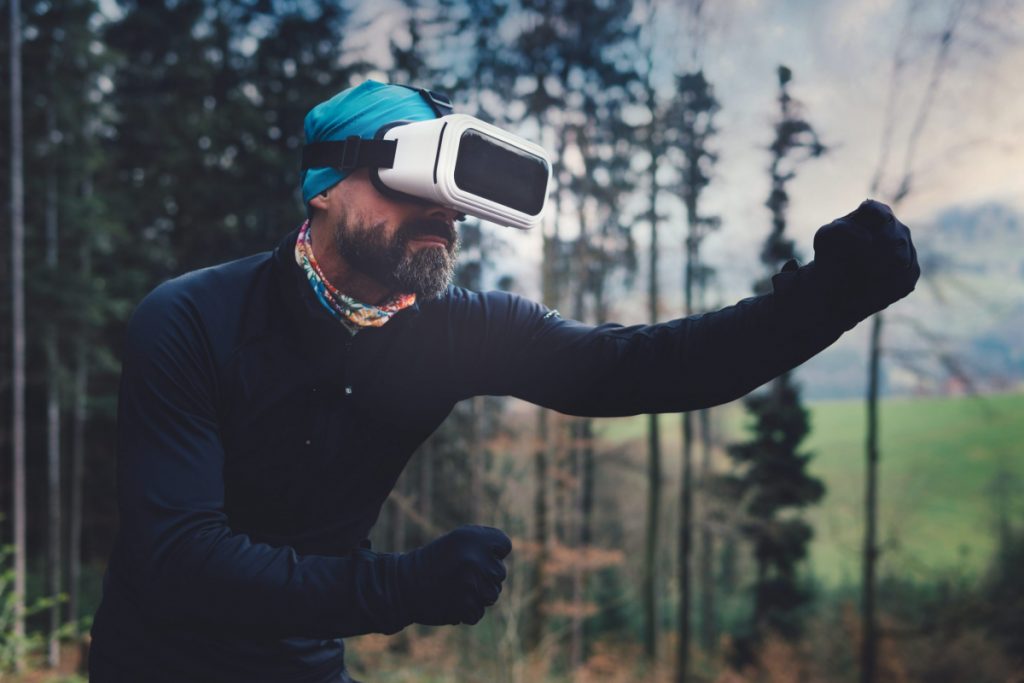There’s no denying that technology has changed the way we watch sports. From statistics on demand to high definition television, sports fans now have access to more information and viewpoints than ever before. But what about the technology that you see in the field? Increasingly, teams and leagues are turning to cutting-edge gadgets and gizmos to gain a competitive advantage. Here are a few examples of how technology is changing the game.
Hawk-Eye
One of the most controversial technologies in recent years has been Hawk-Eye, a computer system that tracks the path of a ball and projects its likely trajectory. While Hawk-Eye is most commonly used in tennis, it is also being trialed in cricket, Gaelic football and hurling, rugby union, and Goal Line Technology in soccer. The most significant benefit of Hawk-Eye is that it takes the guesswork out of close calls and disputed decisions, giving officials a way to make accurate calls quickly and efficiently.

However, not everyone is on board with the technology; some purists argue that Hawk-Eye takes the human element out of the game. Many also believe that the system is not foolproof and that there have been several occasions where Hawk-Eye has made mistakes. Nonetheless, as technology improves, we’ll likely see more and more sports adopting Hawk-Eye in the years to come.
Radar Guns
For years, sports radar guns have been used by scouts to measure the speed of a pitcher’s fastball. But now, MLB teams are using them in games to get real-time data on pitching speeds. Coaches and athletes can use this information to make in-game adjustments and strategic decisions. For example, if a pitcher struggles to throw strikes at a high velocity, the manager may elect to take him out of the game.
Radar guns are also used in other sports, such as golf, cricket, and auto racing. In golf, golfers can use them to measure the speed of a swing and help improve a player’s form. In cricket, they gauge the speed of deliveries (bowling speeds). And in auto racing, they measure the speed of cars as they come around corners.
Player Tracking Systems
Another way that technology is changing sports is through player tracking systems. These systems use sensors to track the movements of every player on the field or court, providing coaches with valuable data about player performance, fatigue levels, and injury risk. This information can optimize game plans, training regimens, and recovery times.
Player tracking systems are currently being used in various sports, including football, basketball, and hockey. In football, for example, the NFL’s Next Gen Stats tracks players’ speed, distance covered, and location on every play. This data is then broadcast to fans in real time, giving them a unique perspective on the game. Coaches and teams are also using it to make strategic decisions.
Smart Helmets
In many contact sports, concussions are an all too common occurrence. Some companies are developing smart helmets equipped with sensors that measure the force of a hit and alert coaches when a concussion has occurred to reduce the number of concussions athletes suffer. These helmets are still in their infancy but have already been used in several professional games. They may one day become standard equipment in football, hockey, and other potentially dangerous sports.
These helmets also have the potential to improve player safety in other ways. For example, they could be equipped with sensors that measure the number of hits a player takes to the head throughout a season. If a player takes too many hits, they could be pulled from the game or given more rest to recover between games.
Virtual Reality
While Virtual Reality (VR) is most commonly associated with gaming, it’s also beginning to be used in sports. Many teams and athletes are now using VR to train and improve their performance. For example, some basketball players use VR to simulate game situations and practice shooting.
Some sports broadcasters are also experimenting with VR. For example, Fox Sports has produced a VR highlights package for the Super Bowl. And during the 2017 Wimbledon tournament, fans could watch matches in VR. It’s still early days for VR in sports, but it’s clear that it has the potential to change the way we watch and play sports in the future.
Technology plays a vital role in both how we watch sports and how athletes train for them. Providing coaches and officials with new tools and data, technology is helping to make games safer, fair, and enjoyable for everyone involved. In the future, we can expect to see even more innovations that change the way we experience sports.


